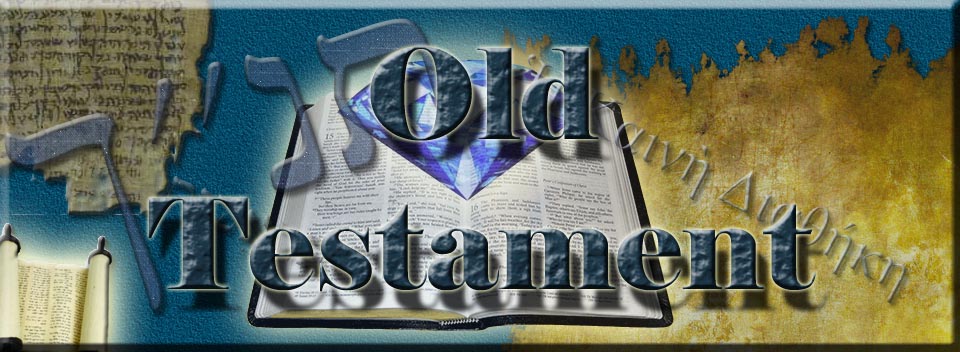
Introduction to Nehemiah
|
In the earliest form of the Hebrew canon known to us the books of Ezra and Nehemiah were united in one, under the name of “The Book of Ezra.” After a while, a division was made, and the two books which we now recognize were distinguished as “the First Book of Ezra” and “the Second Book of Ezra” Later still - probably not until toward the close of the fourth century - the Second Book of Ezra came to be known as “the Book of Nehemiah.” The Book of Nehemiah is composed of four quite distinct sections: (1) Neh. 1–7 containing the record of the 20th year of Artaxerxes (or 445-444 B.C.), but composed by Nehemiah at least twelve years later Neh 5:14. (2) the second section of the work consists of Neh. 8–10, and contains a narrative of some events belonging to the autumn of 444 B.C. In this portion Nehemiah is spoken of in the third person; he is called the Tirshatha,” whereas in the earlier chapters his title is always פחה pechâh (“governor”); and Ezra holds the first and most prominent position. The style of this portion of the book is markedly different from that of the earlier and later chapters; and critics are generally agreed that it is NOT from the hand of Nehemiah. Some assign it to Ezra; others conjecture Zadok (or Zidkijah), Nehemiah’s scribe or secretary Neh 13:13, to have been the author.(3) Neh. 11–12:26, which consists of six important lists. List 1 Neh. 11:1-24 and List 2 Neh 11:25-36 are probably either the work of Nehemiah himself or documents drawn up by his orders. Of the other lists Neh. 12:1-26 some may have been drawn up in the time (or even by the hand) of Nehemiah, and incorporated by him into his work as documents having an intrinsic value, though not connected very closely with the subject matter of his history. But the list in Neh 12:10-11 cannot, in its present shape, have proceeded from his hand, or from that of a contemporary, since it mentions Jaddua, who lived about a century LATER THAN Nehemiah. Neither can Neh 12:22-23 intruded between the 5th and 6th lists - lists closely interconnected - belong to Nehemiah’s time, since they contain a mention of both Jaddua and Darius Codomannus, his contemporary. Possibly, the list in question and the intruded verses may have proceeded from the same hand. The section may therefore be regarded as the compilation of Nehemiah himself, with the exception of Neh 12:11, Neh 12:22-23, which must have been added a century later. Or, it was first added at that period. In either case, the writer must be equally considered to have drawn the lists from contemporary state archives (see Neh 12:23). (4) Neh 12:27 to the end. This section contains an account of the dedication of the wall, and of certain reforms which Nehemiah effected after his return from Babylon in 432-431 B.C.. It is allowed on all hands to be, in the main, the work of Nehemiah, and written soon after the events - probably in 431 B.C. or 430 B.C. It is perhaps, on the whole, more probable that the various sections composing the “Book of Nehemiah” were collected by Nehemiah himself, who had written, at any rate, two of them Neh. 1–7:5; Neh 12:27; Neh 13:31. Having composed these two separate memoirs, and having perhaps drawn up also certain lists, he adopted from without an account of some religious transactions belonging to his first period, and, inserting this in its proper place, prefixed to the whole work the title, “The words of Nehemiah, the son of Hachaliah,” as fitly designating its main contents. His work, thus formed, was subsequently added to by Jaddua, or a writer of that time, who inserted into it Neh 12:11, Neh 12:22-23. Or, possibly, this late writer may first have formed the book into a whole. The date of the compilation would, in the former case, be about 430 B.C.; in the latter, about one century later. The authenticity of the history contained in the Book of Nehemiah is generally admitted: and the condition of the text is generally good. This page uses the TITUS Cyberbit Basic font for the Greek & Hebrew letters. If the Greek & Hebrew text doesn't display right then you can download the free font here |
-
Site Navigation
 Home
Home What's New
What's New Bible
Bible Photos
Photos Hiking
Hiking E-Books
E-Books Genealogy
Genealogy Profile
Free Plug-ins You May Need
Profile
Free Plug-ins You May Need
 Get Java
Get Java.png) Get Flash
Get Flash Get 7-Zip
Get 7-Zip Get Acrobat Reader
Get Acrobat Reader Get TheWORD
Get TheWORD